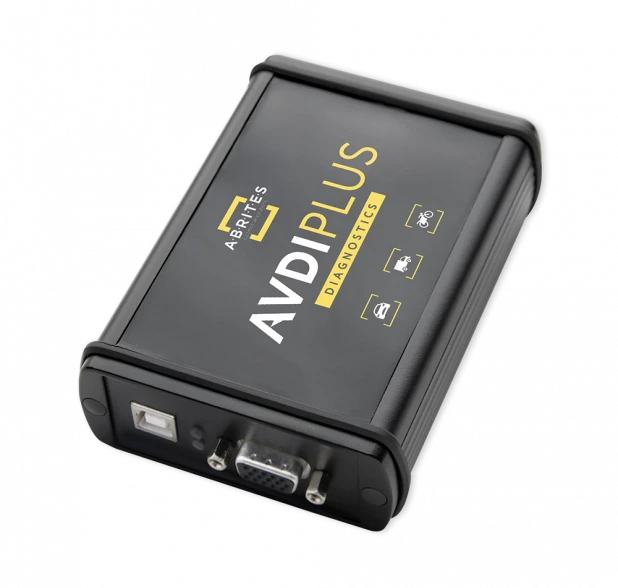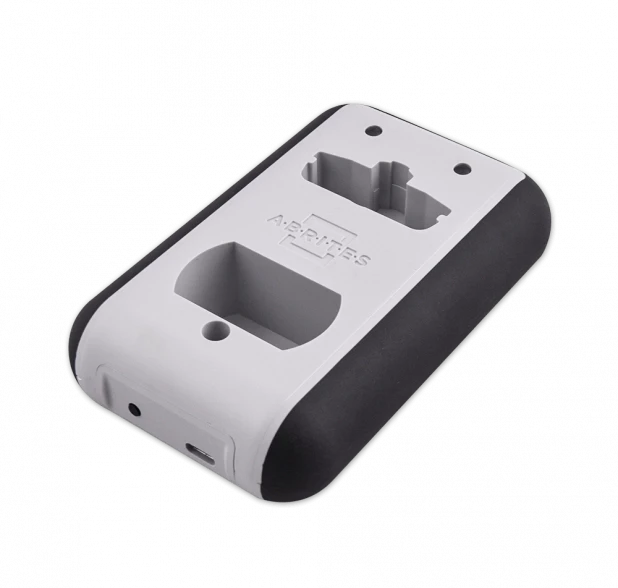What Is the Purpose of a Car Key Programming Tool?
Cars today are not the same machines they were twenty years ago. They’re not even close. What used to be a simple mechanical action, turning a key and driving off, has become an exchange of encrypted signals, digital verifications, and a whole ecosystem of electronic control. Somewhere in all that complexity, a question arises. What happens when the key no longer works? Or when you lose it altogether?
This tool lets technicians interact directly with the car’s internal systems in the format the vehicle is designed to recognize. It’s used when adding a new key, deactivating a missing one, or syncing after replacing electronic modules. The idea is to make sure that only the right keys work with the car and nothing else gets through.
What exactly is car key programming and how does it work?
At its core, car key programming is about recognition. More specifically, it’s about getting a vehicle to recognize a key as trusted. It’s not only about the physical match, although that’s important, but more crucially about electronic identification. Without the system verifying the key, it may open the vehicle and even turn in the ignition, yet the engine itself will remain disabled.
Every modern key contains a transponder chip. It sends a unique code to the car's ECU. If the code is correct, the ECU says yes and allows the vehicle to run. If the signal isn’t validated, the car simply won’t respond.
To initiate programming, the specialist plugs the device into the vehicle’s diagnostic interface, most often through the OBD-II connection. Once linked, the tool can access essential data and enable secure changes to the vehicle’s key registry. Some models keep the process straightforward. Others demand deeper intervention like PIN code extraction, EEPROM readouts, or even microcontroller-level operations.
What features define a professional key programming tool?
There’s no single list that defines the perfect tool, but there are a few things professionals quietly expect. First, the tool has to work across a wide range of vehicles. Not just one brand. It should support multiple immobilizer systems, different key types, and regional variations. It also needs to allow access to functions like remote pairing and PIN code retrieval.
When choosing a key programming tool, professionals expect it to support a wide range of immobilizer systems and stay up to date with vehicle tech. A logical interface can help technicians avoid unnecessary steps and save valuable time. In some cases, a task that might take close to an hour can be finished in just twenty minutes if the layout is efficient. Of course, none of that matters if the software isn’t current. New vehicle models come with new protocols all the time, and a tool without updates quickly becomes useless in the field.
When do you need a key programming tool?
More often than you’d think. A lost key is the obvious case. But sometimes it’s not that dramatic. Maybe someone just wants a spare. Or maybe their existing key stopped working after a battery change or water damage. In all these cases, a technician can’t simply cut a copy. They need to reprogram the key to the car.
There are many cases where key programming becomes essential: lost keys, electronic replacements, or syncing new components. Any of these changes can throw off key recognition. When a key is lost or stolen, there’s always the risk it could be misused. That’s why the smartest step is to cancel its access inside the vehicle’s system as soon as possible.
Why is car key programming important for modern vehicles?
Because the days of universal keys are over. A modern car is a closed system, and the key acts like a passcode. Without proper programming, even an original manufacturer key won’t work if it’s not matched electronically to that specific vehicle.
The goal here isn’t complexity. It’s protection. The car needs to recognize who’s allowed in and who isn’t. If the system didn’t have this level of control, a person with any physical key could attempt to start the engine. That’s not something modern cars can allow. Programming ensures that only verified keys work, creating a digital link between the car and its real owner.
How does a key programming tool connect to a car’s system?
Almost always, it starts with the OBD-II port. That little rectangular connector under the dashboard gives access to the car’s brain. Once plugged in, the tool can communicate with modules like the immobilizer or ECU and begin the programming sequence.
Some tools only handle basic key-writing tasks. Others go deeper. They can connect directly to EEPROM chips or flash memory when needed. In newer vehicles that use secure gateway modules, things can get more complicated. The tool needs to bypass or temporarily unlock the gateway before anything else can happen. This requires not just capable hardware, but well-written software and reliable protocols that won’t trigger faults or security blocks.
Can one key programming tool work for all vehicles?
It sounds convenient, having one device for every make and model. Manufacturers often develop their electronic architectures independently. That means one vehicle might use a totally different protocol or security method than another. What works for one make could be completely useless for another.
There are tools that claim to cover a broad spectrum. And they do, to a point. But when it comes to specialized vehicles or newer high-security models, those tools often fall short. That’s why many professionals prefer platforms that allow modular upgrades. Abrites is a clear example. Instead of promising everything out of the box, it lets users add brand-specific software packages as needed. That kind of customization turns one tool into a personal toolkit.
How does car key programming improve vehicle security?
By giving control back to the vehicle owner. When a technician programs a key, they’re not just adding access. They’re also managing risk. A lost or stolen key can be deactivated. A broken one can be replaced. Most importantly, unauthorized keys can be blocked entirely.
Many systems today use encryption and rolling codes. That means even if someone clones the signal, it won’t work a second time. It’s part of the reason traditional theft methods like hotwiring barely exist anymore. Programming has become one of the most effective forms of protection.
How does the Abrites AVDI enable advanced key programming?
The Abrites Vehicle Diagnostic Interface, better known as AVDI, has earned its place among professional tools. It’s not a flashy gadget. It’s a serious piece of equipment that lets technicians dive deep into vehicle systems across a huge range of brands.
It’s built to manage vehicle systems that generic tools typically can’t support, covering everything from premium European brands to newer mainstream models. Thanks to continuous software development, the tool stays relevant even as automotive technology rapidly evolves. From basic key learning to EEPROM programming and secure access, AVDI covers the spectrum.
Why choose Abrites over other key programming tools?
Because sometimes the difference between solving a problem and being stuck in the middle of a job is support. Abrites doesn’t just sell a tool. It offers a full ecosystem, hardware, software, updates, and most importantly, people.
Dedicated technical support
Every technician has faced a situation where nothing seems to work. Maybe it’s a rare model, or maybe something just isn’t responding. In those moments, having access to real, experienced support can save hours. Abrites doesn’t rely on canned replies or forum threads. Their team understands the tools inside and out and works closely with users when something unexpected comes up.
Support for a wide range of vehicle brands
What also sets Abrites apart is its reach. Whether you’re working on a BMW, a Renault, a Fiat, or a Volkswagen, AVDI has coverage. And thanks to its modular licensing, you’re not stuck paying for brands you never service. You buy what you need, when you need it, and expand when your business grows. That kind of flexibility matters, especially in a market where cars are only getting more complex.
 AVDI
AVDI
 PROTAG Programmer with TA31 and Activation
PROTAG Programmer with TA31 and Activation